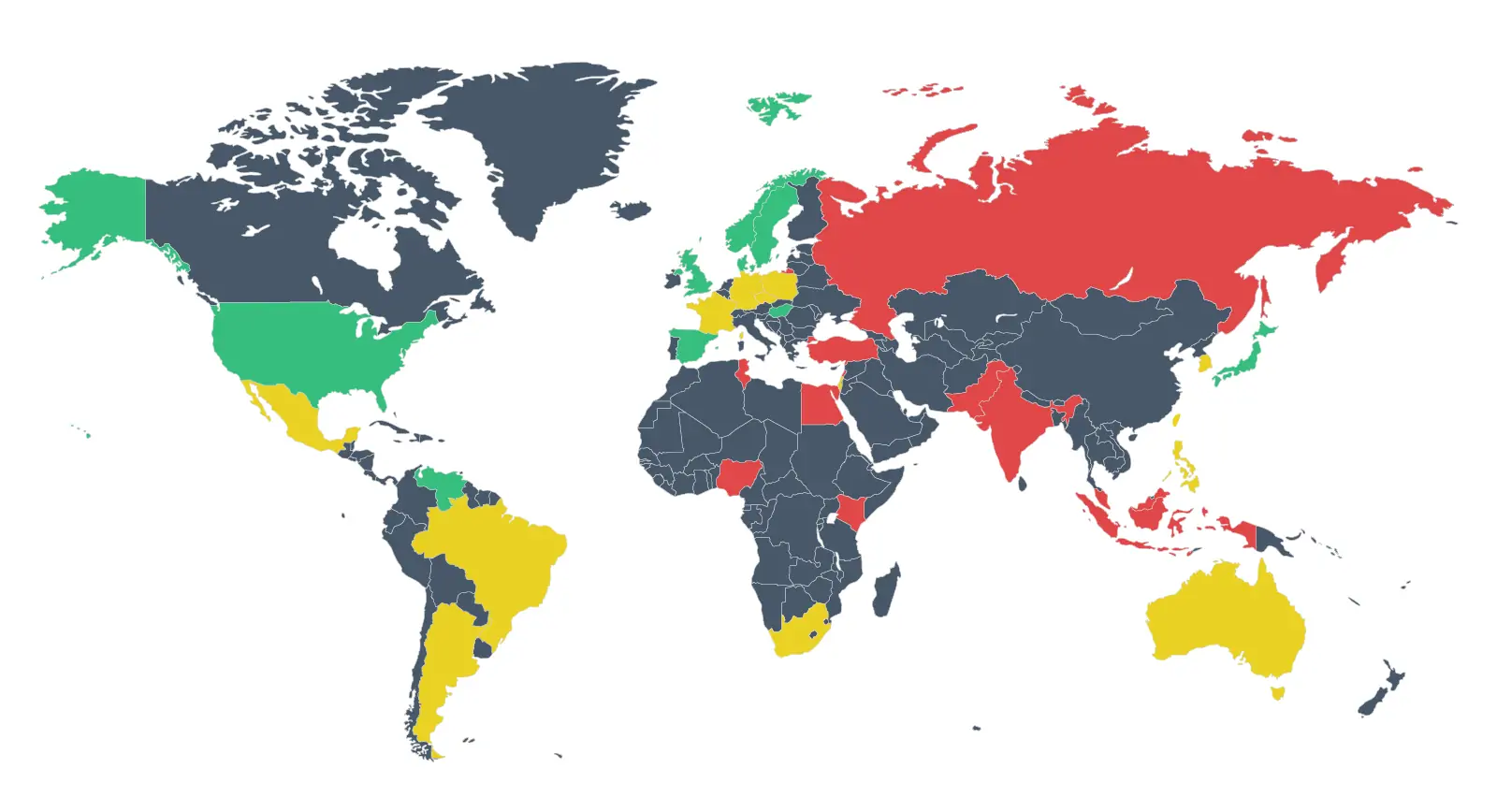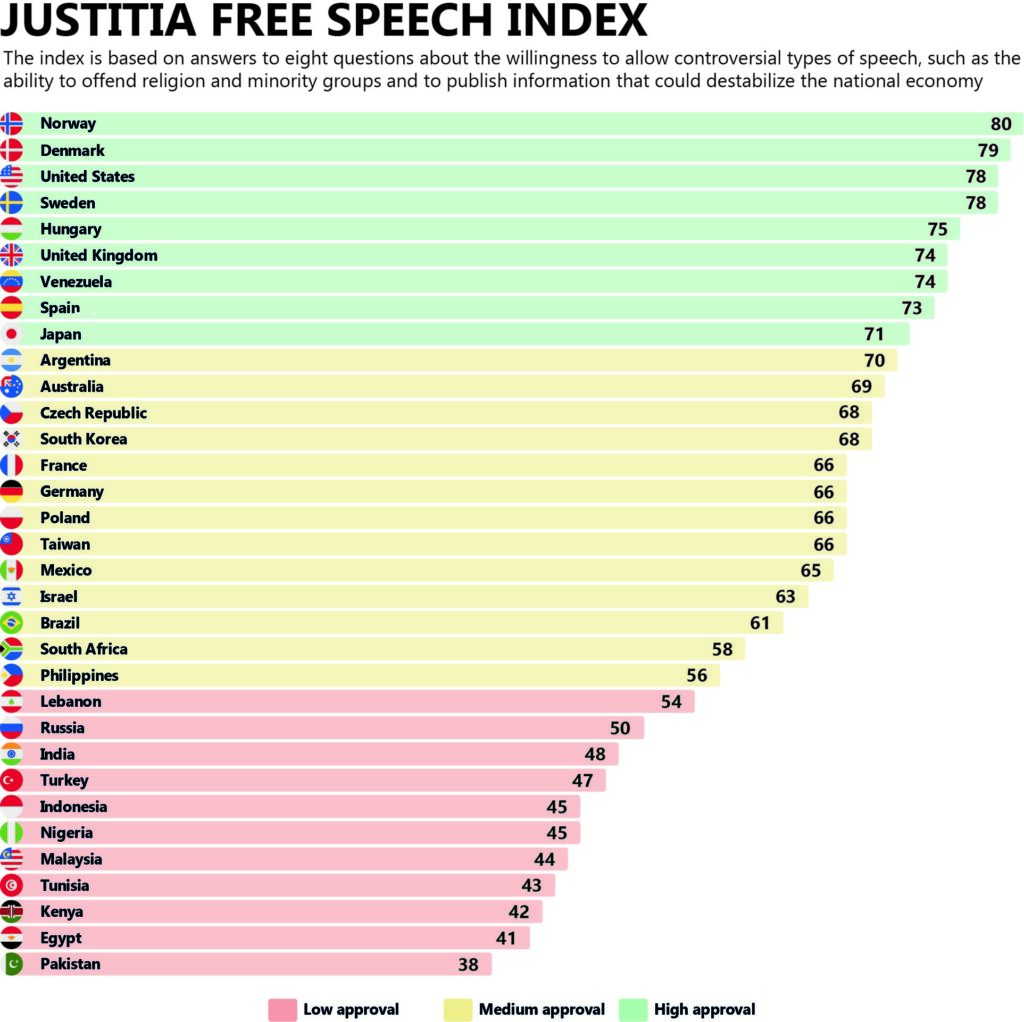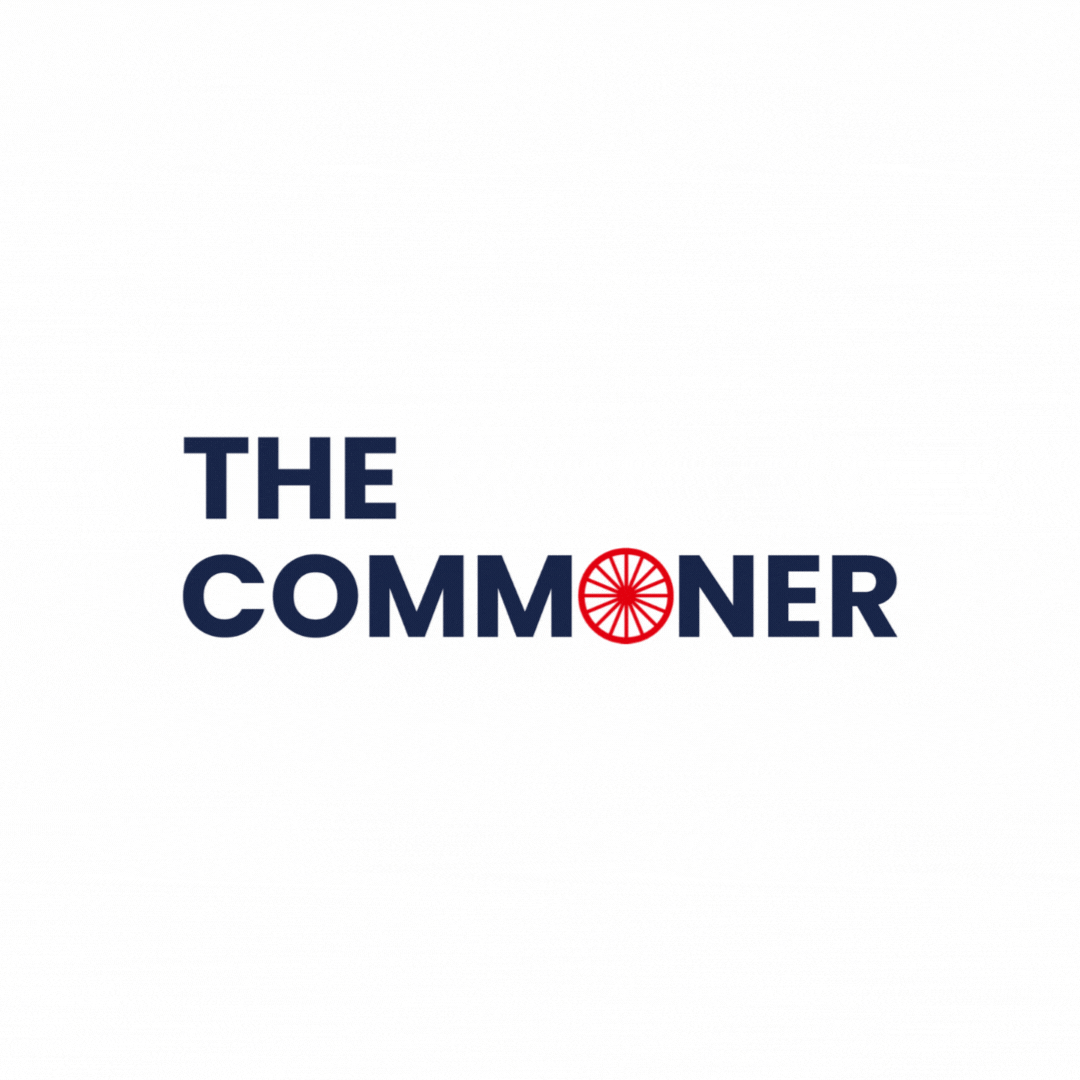Freedom Of Speech VS. Hate Speech: Where Should The Line Be Drawn Globally?

The clash of ideas in a hyper-connected world is no longer a theoretical debate, but a critical issue shaping our societies, argues legal scholar Danielle Keats. With the internet amplifying voices and erasing borders, the question becomes even more urgent: how do we protect free speech, a cornerstone of democracy, while preventing words from becoming weapons?
The Marketplace of Ideas
Imagine a vibrant marketplace of ideas, teeming with diverse voices and perspectives. This, according to historian Howard Zinn, is the essence of free speech. From the powerful speeches of civil rights leaders like Martin Luther King Jr. to the sharp wit of political cartoonists, free speech empowers individuals and fuels a healthy democracy.
The Discordant Note: When Words Turn Toxic
But amidst this symphony of voices, a dangerous undercurrent emerges: hate speech. Human rights advocate Maria Rodriguez warns that hate speech, with its intent to dehumanize and divide, threatens the very fabric of society. From xenophobic attacks on immigrants to misogyny that perpetuates inequality, hate speech can incite violence and erode empathy, the glue that binds us together.

Ranking of Countries on the basis of Approval to Freedom of Speech
Drawing the Line: A Global Challenge
Different countries approach this challenge in various ways. The UK, for instance, takes a tough stance, criminalizing speech that could incite violence or hatred based on race, religion, or sexual orientation, explains legal expert David Chen. Canada has similar laws targeting hate propaganda to safeguard its multicultural society. India, with its vast diversity, walks a tightrope, allowing restrictions on speech to maintain order and combat hate speech.
The Double-Edged Sword of Social Media
The rise of social media has dramatically complicated this balancing act, argues technology journalist Sarah Jones. Platforms like Facebook and Twitter are double-edged swords: they democratize expression but can also spread hate speech like wildfire. A chilling example is Myanmar, where Facebook was used to incite violence against the Rohingya minority, highlighting the dangers of unregulated online speech. Tech giants now face increasing pressure to moderate content and find a balance between free speech and curbing harmful speech.
Finding the Common Ground
There’s no easy answer to where the line should be drawn. A one-size-fits-all solution won’t work, says leading human rights organization Amnesty International. We need a nuanced approach that respects cultural differences while upholding universal human rights. This requires robust legal frameworks, strong enforcement, and a commitment to fostering dialogue and understanding.
A Call to Action: The Ongoing Conversation
The battle between free speech and hate speech is far from over, declares activist Angela Davis. It’s a global conversation that demands our continued attention, wisdom, and flexibility. As technology evolves and societies change, so too must our approach to these fundamental issues. The challenge lies in finding a balance that protects both the right to speak freely and the need to prevent harm. Only through continuous dialogue and reflection can we navigate this intricate dance of democracy and human rights, ensuring a future where every voice can be heard, but no voice can cause harm.

